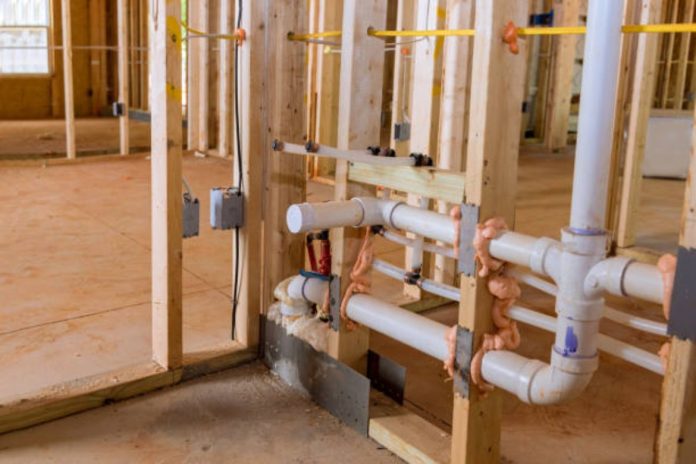Durability and pressure resistance are significant demands of underground piping. Aware of this, PEX pipe – cross-linked polyethylene has become very popular when installed underground because of its flexibility, how easy it is to install, and the fact that it is resistant to corrosion. However, does PEX stand up to underground pressure? Let’s explain further by discussing the pressure resistance and performance of PEX pipe when utilized underground, determining if indeed it stands up to the demands in such harsh conditions.
What Makes PEX Pipe Suitable for Underground Use?
PEX pipe is famous for being used in as much variability as exists to it. The pipe can be used in plumbing for homes or in radiant floor heating. But underground suitability has been a point of question, considering that physical pressures associated with burial below the ground are something this pipe has had to endure and the reliability of the pipe under such conditions.
PEX tubing is manufactured using a cross-linking process that strengthens its structure. The cross-linking does this while making it relatively pliable so that it bends and does not break. While this helps for all underground installations, the benefit is that it bends so that normal expansion and contraction from temperature changes do not create as much cracking as would rigid metal piping when exposed to the changing conditions of the earth.
Pressure Ratings of PEX Pipe for Underground Installations
The grade and pressure ratings are critical if one wants to utilize PEX pipe underground. Pressure ratings for PEX piping come in grades and are measured in PSI, or pounds per square inch. These typical pressure ratings for PEX tubing apply to the following:
- 160 PSI at 73°
- F100 PSI at 180°F
- 80 PSI at 200°F
These ratings mean that, at standard temperatures, PEX can withstand good amounts of water pressure without bursting. But the good news above declines with increasing temperature so you must select the proper PEX grade for your specific underground application.
For instance, if you will use PEX for hot water applications, then select a pipe with the appropriate pressure and temperature ratings. Systems with water that is not hot, standard PEX at 160 PSI is a good choice. In extreme underground environments where groundwater that had pierced rock and stone infiltrates through gravel and flows through a section of rock, PEX stands up.
The most important benefit of using PEX tubing underground is that it is resistant to harsh conditions. Copper or galvanized steel are susceptible to corrosion if buried in soils containing acids or alkalis, but not so with PEX, which will not rust, corrode, or be chemically degraded.
Underground installation of PEX pipe is less apt to freeze. When water in the pipe freezes, PEX can expand just enough to relieve pressure from ice buildup in a pipe, minimizes rupture occurrences. That property makes it especially useful when installed in colder climates with great concerns on frost heaving and frozen pipes.
Protection of PEX Pipe in Installation
Though PEX is durable, the best practices still apply to underground installation. In fact, a PEX piping system can be directly buried. However it typically requires sleeving or protection using a conduit in rocky soil. Over time, sharp rocks and debris could puncture the pipe, so enclosing the pipe in a protective conduit can extend its lifetime.
But you also want it buried deep enough so that it’s not compromised by some above-grade activity. For example, vehicle traffic or heavy equipment, among other things. Most codes recommend that PEX be buried underground at least 18 inches below grade to ensure proper protection.
Can PEX Withstand Pressure in the Outdoors?
Yes, PEX, in underground constructions, may be subjected to pressure and withstand the harsh outdoor environment; its possible applications in underground piping systems are strong due to its durability, elasticity, and resistance to environmental influences such as corrosion and freezing. However, for it to work well, proper installation and choosing the right PEX grade for your specific pressure and temperature requirement are important.
Conclusion
Flexibility and the resistance of pressure sets long-duration durability make PEX pipe an excellent candidate for practically every application – from water line to outdoor heating, even if installed underground. Understanding its pressure ratings and best practices for installation ensure that this underground PEX tubing will perform well for years to come even under harsh conditions.
If your project involves any burial of PEX piping, pick the tubing appropriate to your needs and put it in correctly so that all of its potential is realized. Done right, PEX is sure to withstand any pressure both literally and figuratively.
Want to upgrade your underground pipes? Visit outdoorboiler.com now!









